Dissertation Binding and Printing Options | Comparison and Tips
Your dissertation is finally finished, you got it proofread and checked for plagiarism. The final step is printing your dissertation, which means choosing between:
- Types of binding
- Colour vs. black & white
- Single vs. double sided
- Paper type and thickness
You also need to decide which printing and binding service to use. This independent article explains all options and helps you make the right decisions.
Types of dissertation binding
Aside from keeping the pages of your dissertation together, the binding is also responsible for your supervisor’s first impression of your dissertation. There are various types of binding, ranging from the cheaper spiral binding to the more expensive hardcover book binding.
The type of binding should depend on:
- Guidelines from your university or professor
- Your dissertation’s version (draft vs. final)
- Type of dissertation (PhD vs. undergraduate dissertation)
| Drafts | Bachelor’s dissertation | Master’s dissertation | PhD Dissertation | |
|---|---|---|---|---|
| Spiral | ||||
| Comb | ||||
| Fastback | ||||
| Paperback | ||||
| Hardback |
Spiral binding (± £7)
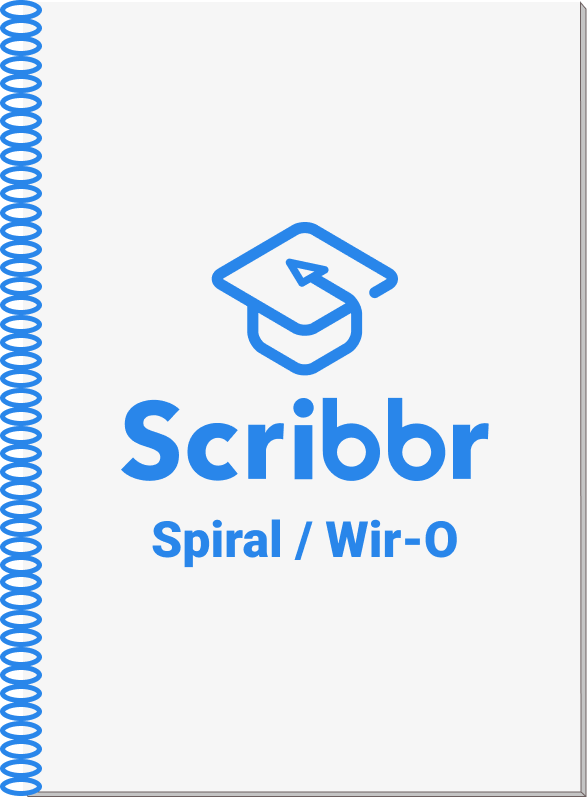
- Professional appearance
- Browsing through the pages is easy (can be opened flat)
- Fairly cheap
Comb binding (± £5)
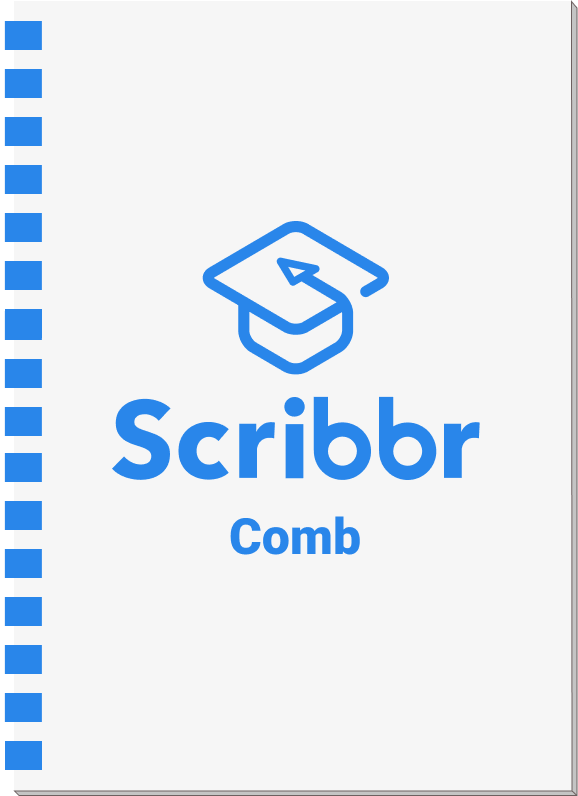
- Low cost
- Enables easy browsing of the pages
- Binding can be opened and closed (not easily)
- Has a cheap appearance
Fastback binding (± £8)
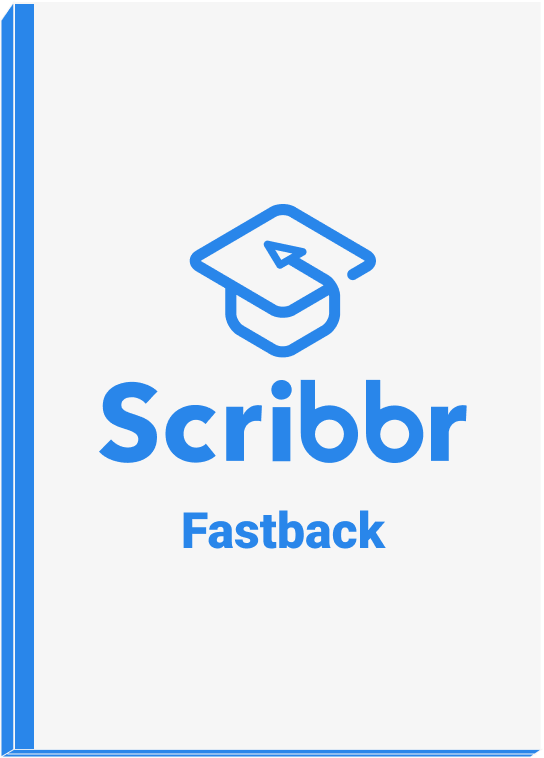
- Professional book-like appearance
- Available in different colours
- Risk of pages falling out after a while
Paperback binding (£10-20)
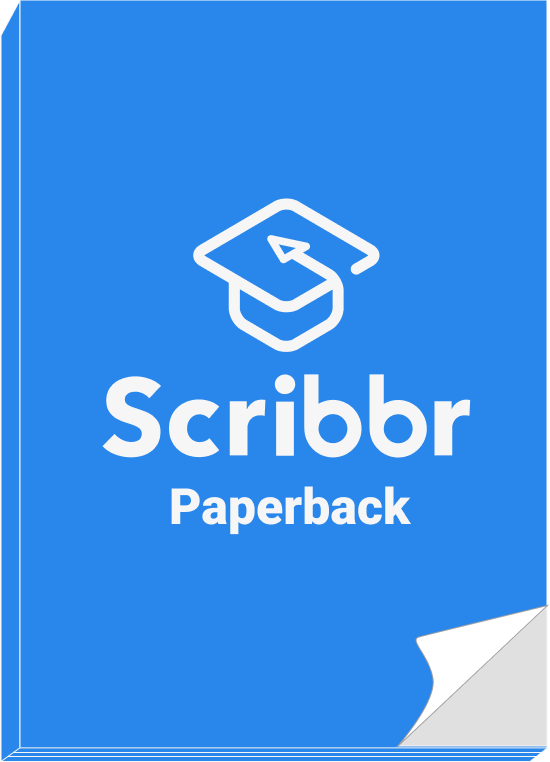
- Durable and professional
- Book-like appearance
- Opening and browsing is less smooth than with spiral or comb binding
Hardback binding (£20-40)
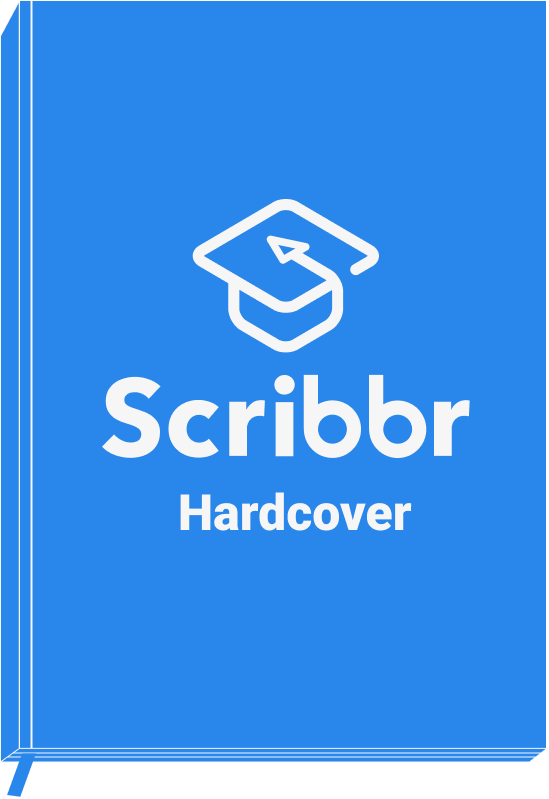
- Durable and professional
- Customizable cover
- Quality comes at a price
Dissertation printing options
Colour vs. Black & White
Unless specifically stated in your university guidelines, it is up to you to decide whether to print your dissertation in colour or black & white. Printing in colour is on average two to four times more expensive.
In general, a colour-printed dissertation looks more professional, but it is not required. Does your dissertation contain graphs or figures that rely on colour? Be sure to print at least these pages in colour.
Single vs. double sided
Printing double sided is often cheaper than printing single sided due to the paper savings – it makes your dissertation half as thick. However, some universities require you to print your dissertation single sided. Be sure to check the guidelines.
When printing your dissertation double sided, pay attention to the following points:
- New chapters should start on the right side. You will need to take this into account and insert “blank pages” when preparing your dissertation.
- Add a blank page after the title page so that the acknowledgements or abstract are not printed on the back of your title page.
- The page numbering is often placed bottom right on the right side of the page and bottom left on the left side. You can easily set this in Word by choosing “outside alignment”.
Paper weight
The thickness of the paper (measured in gsm or grams) is something most students don’t think about, but it does have a significant impact on the look and feel of your dissertation.
Standard printing paper has a weight of 75-90 gsm. For a bachelor’s or master’s dissertation this is fine. If you want the paper to look and feel more professional and durable, a paper weight of 100-130 gsm is better. This is often used for PhD dissertations.
Number of copies
It is common to print three to five copies of your dissertation. Depending on your university’s guidelines you might need to submit one to three copies to your supervisor. In addition, you might want to have a copy for yourself or your family.
Production and delivery times
The production (printing and binding) takes on average two days, and delivery takes another day. For an additional charge (ranging from +20 to +80%), the production and delivery time can be shortened.
Have a looming deadline? Your local printing shop is probably able to print and bind your dissertation faster, and it eliminates delivery time. However, keep in mind that this is often a little more expensive.
Last checks before printing
Before sending your dissertation to a printing shop, there are three things you should do:
1. Save your dissertation as a PDF
By saving your file as a PDF, the formatting will be consistent on every computer. This way you prevent any unpleasant surprises such as offsets when receiving your printed dissertation.
2. Check for language mistakes
There’s nothing worse than finding a language mistake in your printed version. Make sure to proofread your dissertation or make use of a professional dissertation proofreading service.
3. Update the contents page
Before saving your dissertation as a PDF, update the (automatic) table of contents. Don’t forget to cross-check the page numbers listed in the table of contents with the actual page number.
Overview of printing and binding services
The table below provides an overview of the most popular dissertation printing and binding shops, both online and offline. The shops are ordered by price, with information on delivery costs and review score.
| Price (40 pages, spiral bound)* |
Price (200 pages, hardback)** |
Delivery cost | Review score | Discount code | |
|---|---|---|---|---|---|
| Doxdirect | £5.92 | £49.00 | Free | ||
| Doxzoo | £7.04 | £31.68 | Free | 10% with SCRIBBR10 | |
| Hollingworth & Moss | £8.00 | £54.75 | £11.30 | ||
| Ryman | £13.19 | £61.99 | Only in-store pick-up | ||
| Masters Bookbinding | £14.90 | £37.00 | £9.50 |
*Prices are based on a spiral bound dissertation of 40 pages, printed single-sided, in black, on 80-90gsm paper, including a clear outer front and back cover.
**Prices are based on a hardback bound dissertation of 200 pages, printed single-sided, in black, on 90-100gsm paper.
Cite this Scribbr article
If you want to cite this source, you can copy and paste the citation or click the ‘Cite this Scribbr article’ button to automatically add the citation to our free Reference Generator.
Streefkerk, R. (2019, July 10). Dissertation Binding and Printing Options | Comparison and Tips. Scribbr. Retrieved 10 April 2025, from https://www.scribbr.co.uk/thesis-dissertation/binding-printing/